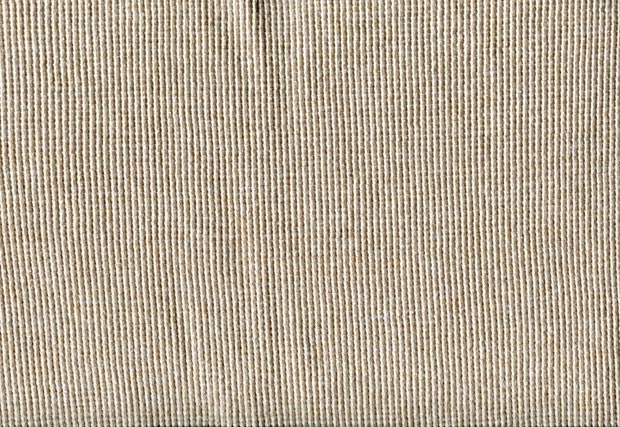Texture, a fundamental aspect of our sensory perception, plays a crucial role in various fields, from art and design to materials science and culinary arts. Understanding the different types of texture is essential for professionals and enthusiasts alike. In this article, we delve into the intricacies of texture, exploring its three primary types and their significance in different domains.
- Tactile Texture:
Tactile texture refers to the physical feel or touch of a surface. It encompasses a wide range of sensations, such as roughness, smoothness, softness, and hardness. Professionals in fields like fashion, product design, and interior design rely on tactile texture to create engaging and functional experiences. From selecting fabrics for clothing to choosing materials for furniture, understanding the tactile qualities of different textures is crucial for achieving desired outcomes. - Visual Texture:
Visual texture pertains to the appearance or illusion of texture on a two-dimensional surface. It involves creating the perception of texture through the clever use of lines, shapes, colors, and patterns. Artists, graphic designers, and photographers often employ visual texture to add depth, interest, and realism to their work. By skillfully manipulating visual elements, they can evoke the sensation of various textures, even though the surface may be smooth to the touch. - Gustatory Texture:
Gustatory texture refers to the tactile sensation experienced while consuming food and beverages. It encompasses qualities such as crispness, creaminess, chewiness, and smoothness. Chefs, food scientists, and culinary enthusiasts pay close attention to gustatory texture to create harmonious and enjoyable dining experiences. Understanding how different ingredients and cooking techniques contribute to the overall texture of a dish is vital for achieving culinary excellence.
Conclusion:
Texture, in its diverse forms, adds richness and depth to our experiences in numerous domains. Whether it's the feel of a fabric, the visual appeal of an artwork, or the mouthfeel of a dish, texture influences our perception and enjoyment. By understanding the three types of texture – tactile, visual, and gustatory – professionals can harness its power to create captivating designs, tantalizing culinary creations, and engaging sensory experiences.

